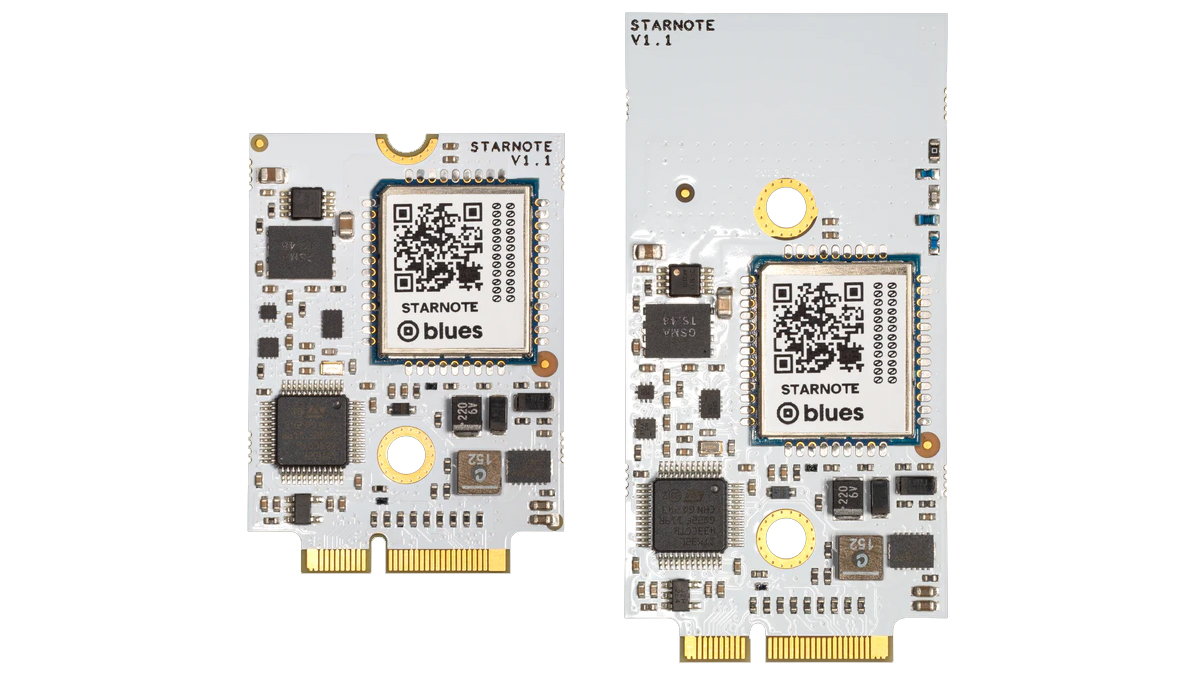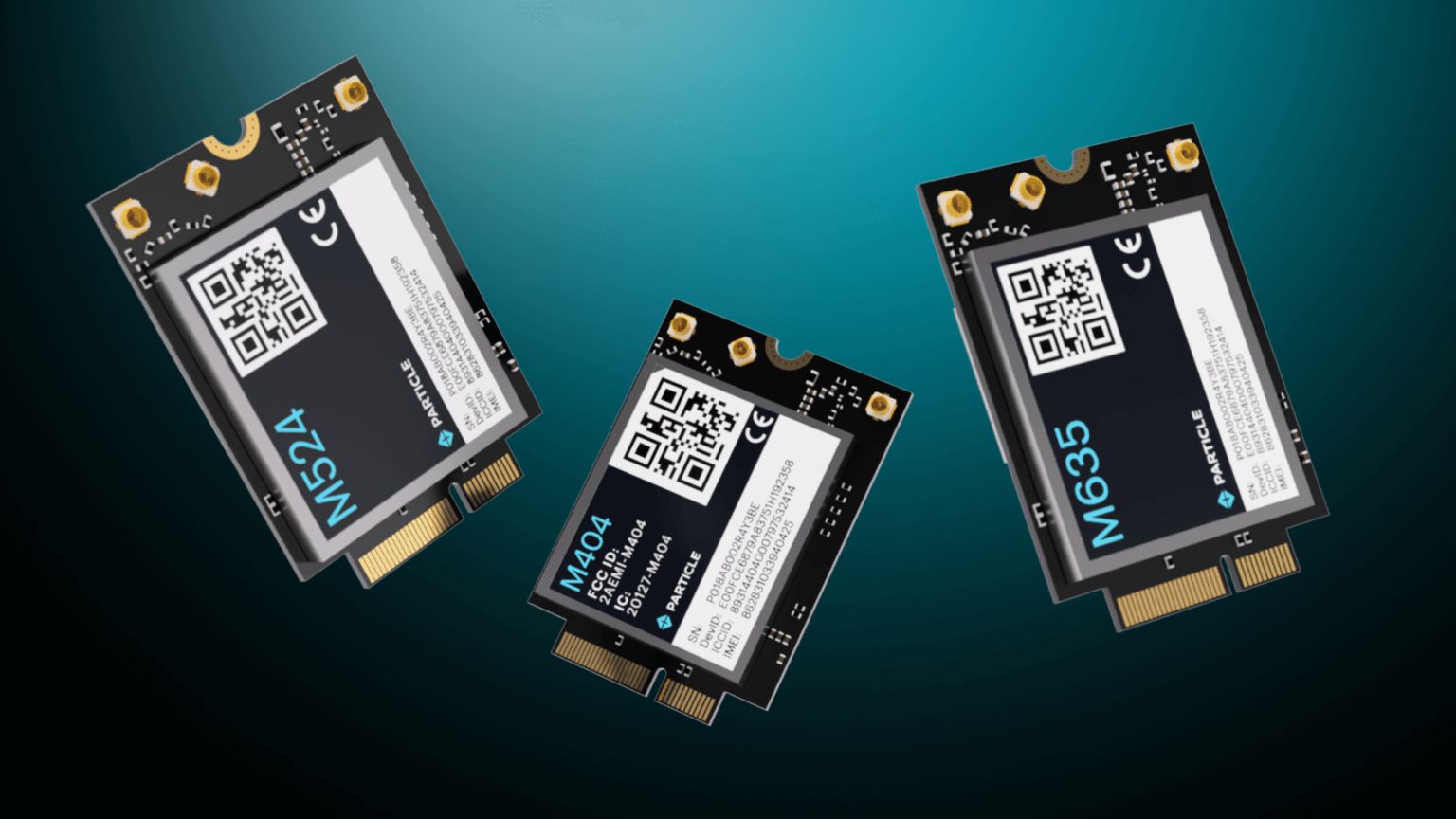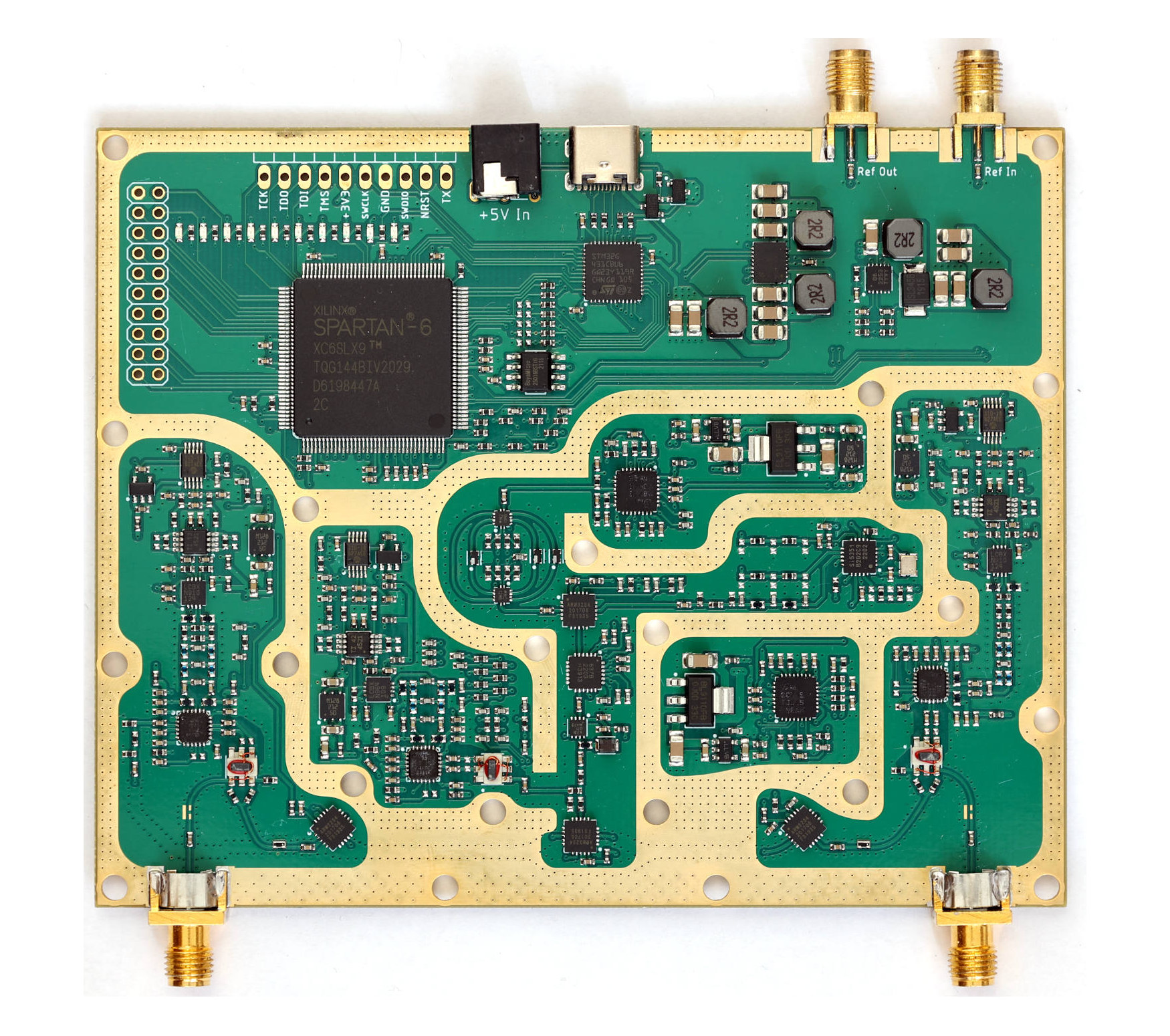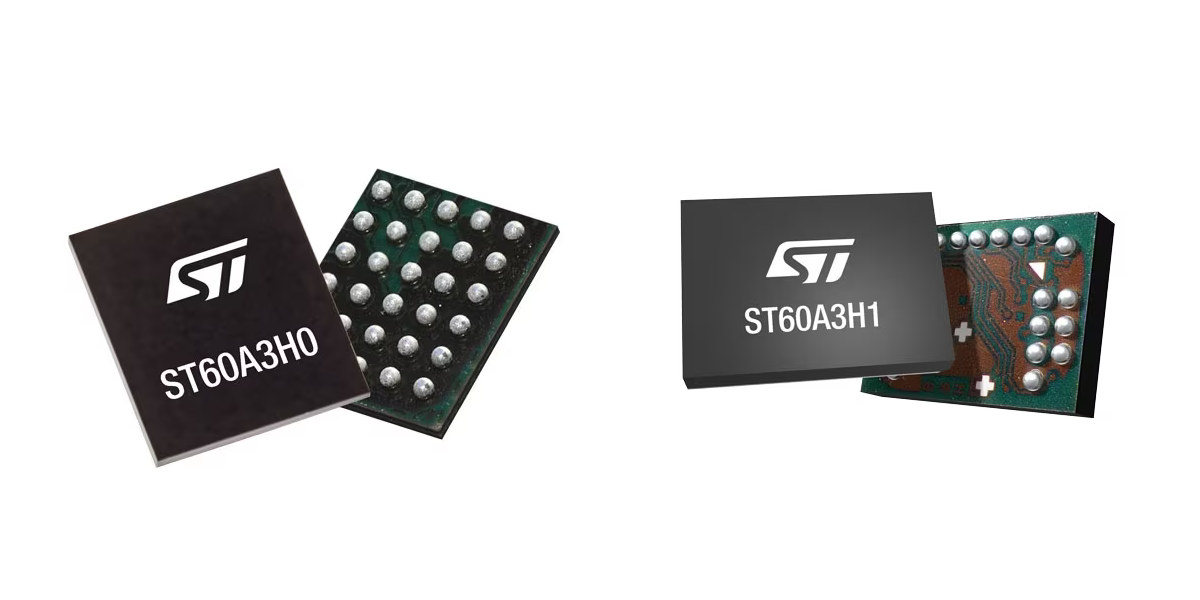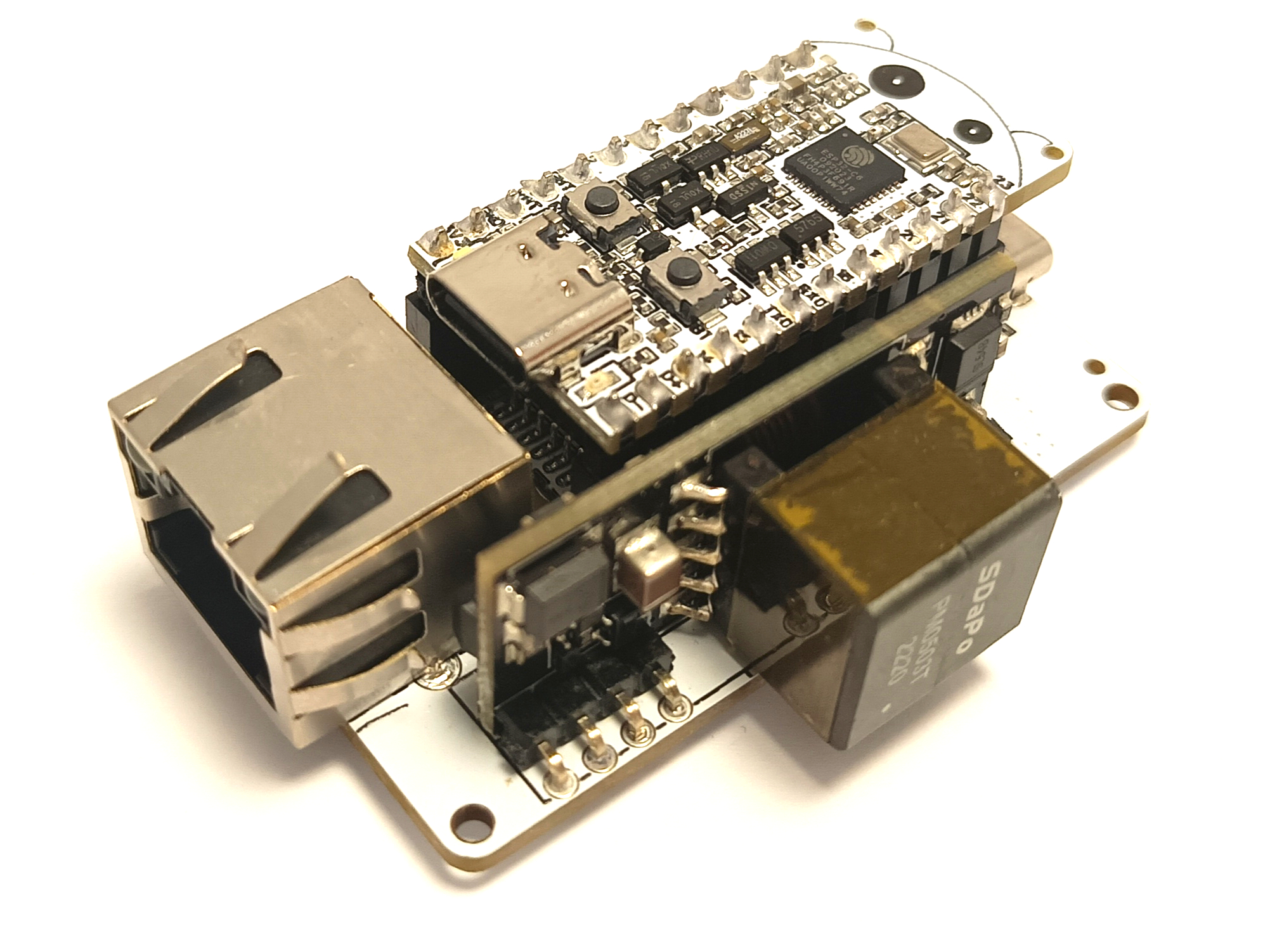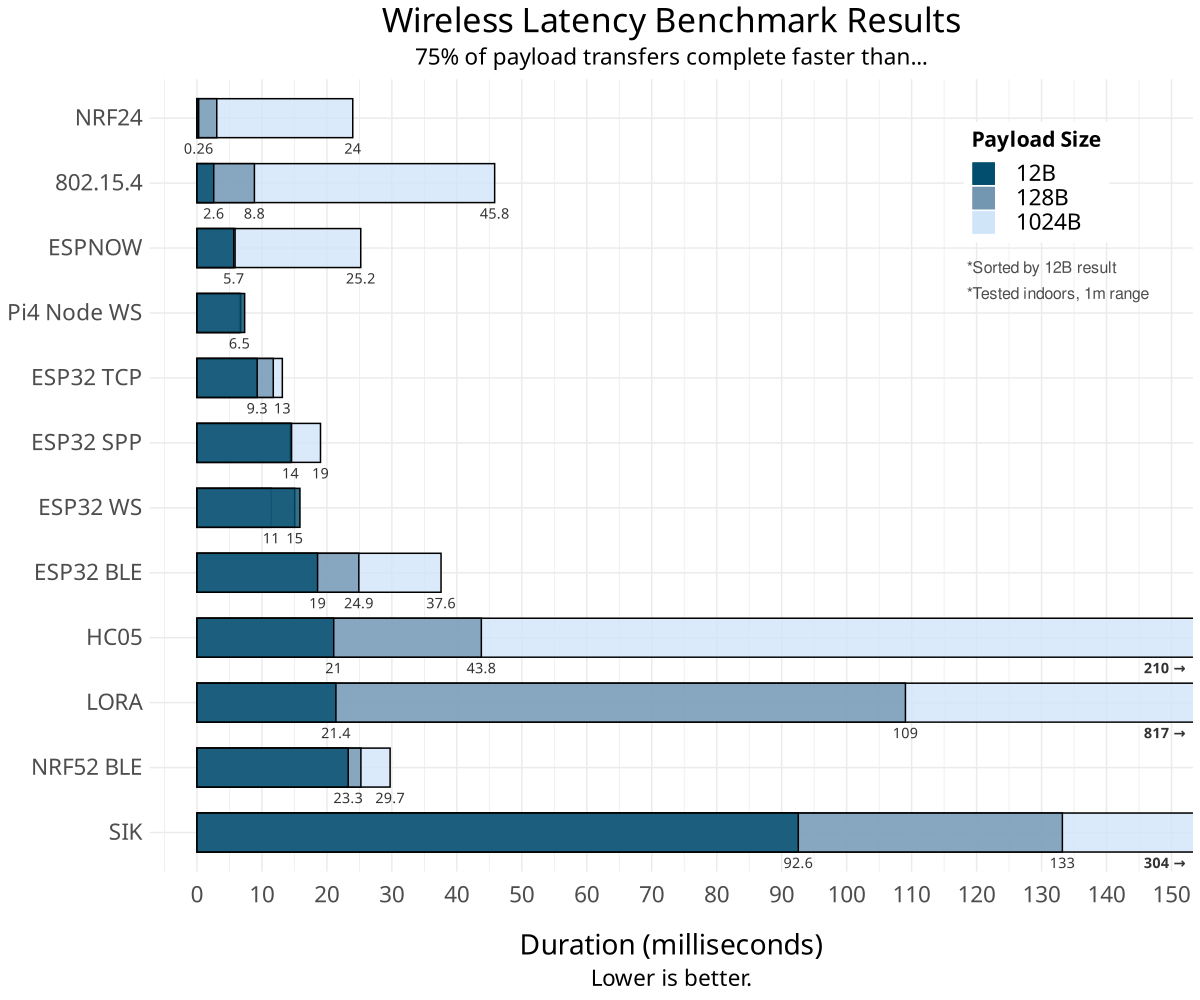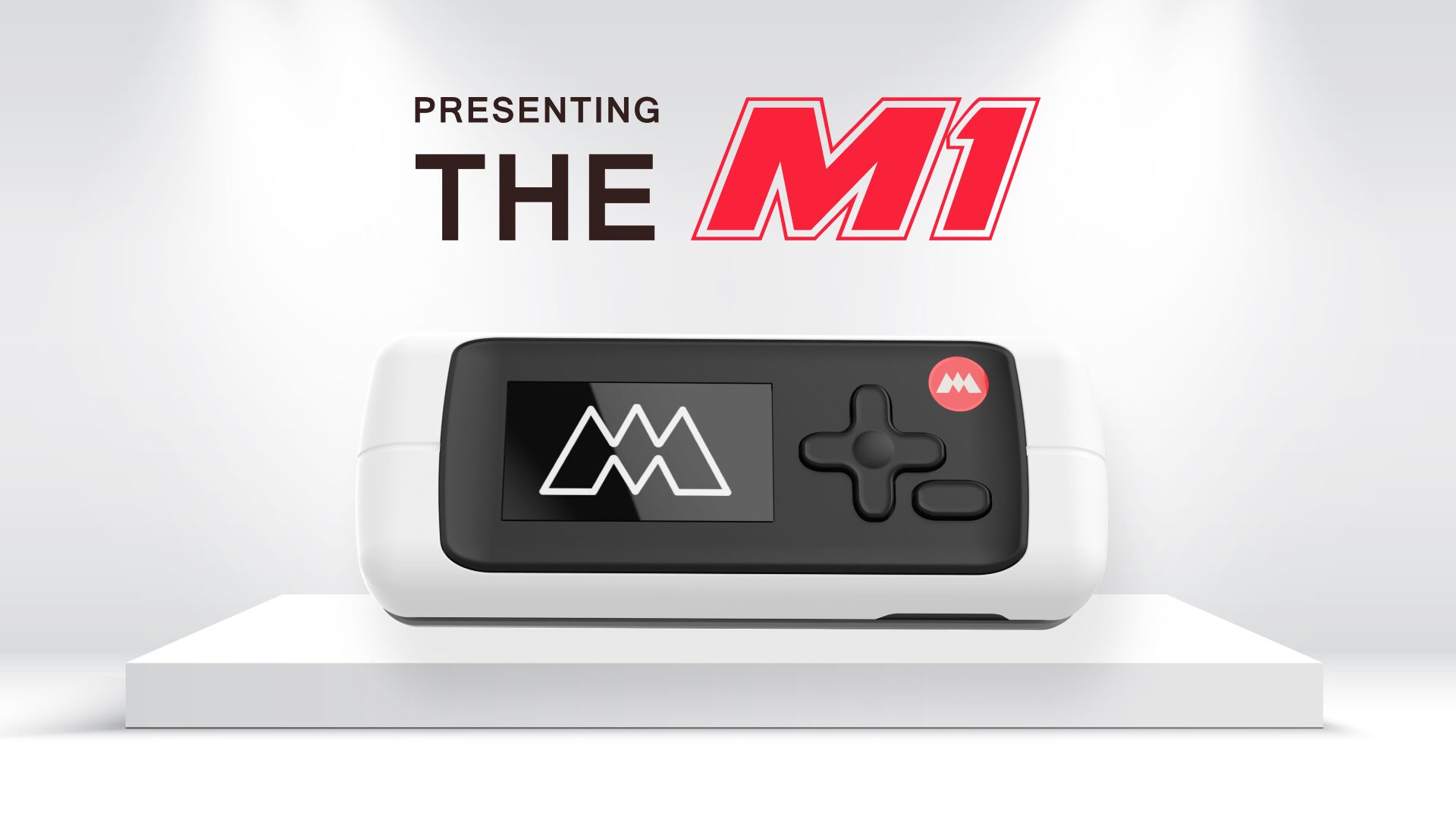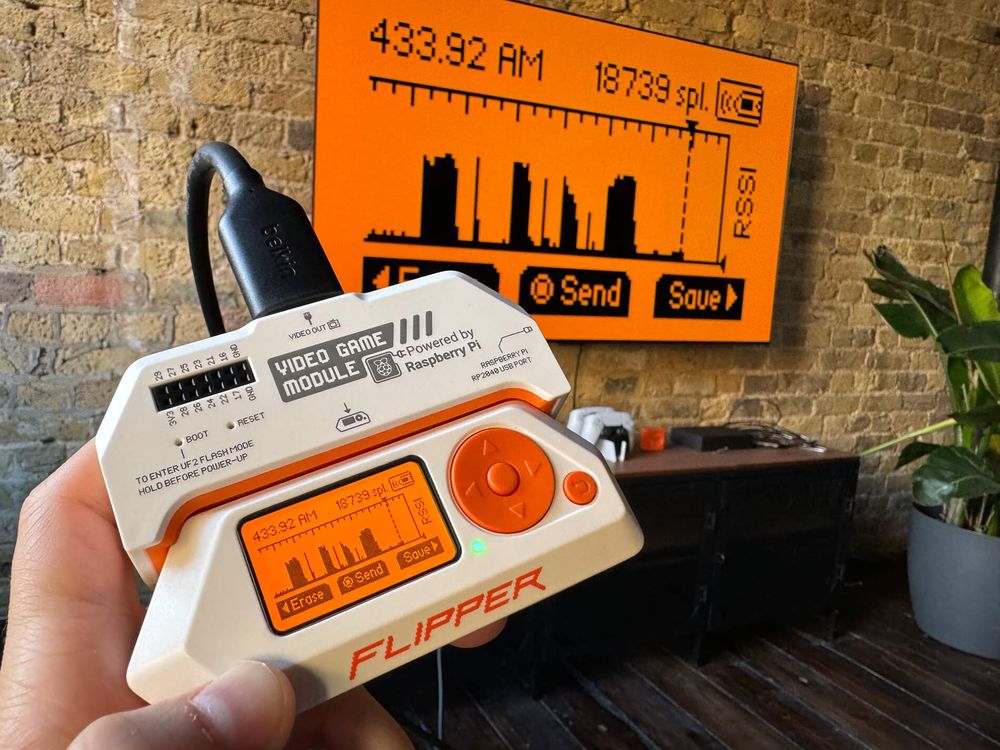Last month, we wrote about the new Quectel CC660D-LS IoT-NTN module, built in collaboration with Quectel and Skylo. before that, we wrote about Qualcomm 212S and 9205S satellite modems which were also developed in collaboration with Skylo. Those modules support IoT NTN (Non-Terrestrial Networks) which makes them very useful for a variety of applications including sending texts, making voice calls, and providing emergency services, particularly in remote areas. But in a recent development, Skylo partnered with Blues to launch Starnote, a complete backup satellite module that just cost $49. It provides a backup satellite connection for times when cellular or Wi-Fi isn’t available, designed to work seamlessly with the Notecard API. The module features an M.2 E-Key edge connector and a six-pin JST connector (on the backside of the PCB) for easy setup, plus options for external antennas through u.FL connectors. It includes 18KB of Skylo satellite data without any […]
Particle’s M-series multi-radio devices connect anywhere with WiFi, cellular, NTN satellite, and LoRaWAN connectivity
Particle Industries Inc., an IoT Platform-as-a-Service company, has announced a new line of multi-radio boards and modules that offer multiple connectivity options in a single product. Particle is a complete edge-to-cloud IoT development platform that offers hardware products and software tools for creating IoT solutions. The company’s latest product, the M-series, has a bold tagline: connect anywhere. Although wireless connectivity has come a long way, there is no single wireless technology that works everywhere. Particle’s M-series aims to address that problem by bundling multiple radios – Wi-Fi, cellular, satellite, and LoRaWAN – into one product. Particle is looking to expand from its two primary wireless technologies: Wi-Fi and cellular, and add two more radios, satellite and LoRaWAN, for broader coverage. These two radios will cover devices in areas such as enclosed spaces (boiler rooms, elevator shafts, basements, and mines) and remote locations (methane sensors in oil and gas plants, boats, […]
LibreVNA open-source USB vector network analyzer (VNA) works in the 100kHz to 6GHz range
Jan Käberich’s LibreVNA is an open-source hardware USB vector network analyzer (VNA) based on a Spartan-6 FPGA, an STM32 microcontroller, and RF circuitry with MAX2871 and Si5351C chips. The open-source VNA supports two channels and works in the 100kHz to 6GHz frequency range. Vector network analyzers are expensive pieces of electronic test equipment used to measure the magnitude and phase of high-frequency electrical networks costing several thousand dollars. They are commonly used in radio frequency (RF) and microwave engineering applications. Last year, we wrote that Pico Technology released PicoVNA 5 software for Linux, Raspberry Pi, and macOS instead of only providing a Windows program for their commercial PicoVNA devices. I thought it was already a good development even if it was closed-sourced, but LibreVNA goes all the way with an open-source hardware design with hardware design files, the FPGA code, STM32 firmware, and PC software (GUI) all open-source. LivreVNA hardware […]
STMicro ST60A3H0 and ST60A3H1 60 GHz transceiver ICs aim to replace USB cables
STMicro ST60A3H0 and ST60A3H1 are short-range 60 GHz transceiver ICs that tunnel eUSB2, I2C, SPI, UART, and GPIO signals and aim to replace USB and other cables in consumer devices such as digital cameras, wearables, portable hard drives, and small gaming terminals. They should also find their way into industrial applications such as rotating machinery where cable use may be challenging. The smaller ST60A3H0 chip provides more flexibility and requires an external antenna, while the ST60A3H1 chip is a fully integrated solution with a built-in linear antenna. Both are capable of USB 2.0 speeds of up to 480 Mbps and support UART, GPIO, and/or I2C signals so they are not limited to USB cables and can be used in a range of applications. ST60A3H0 and ST60A3H1 key features and specifications: 60 GHz V-Band transceiver for short-range contactless connectivity up to 480 Mbit/s eUSB2, UART, GPIO, or I2C RF tunneling Low […]
ESP32-C6-Bug WiFi 6, Bluetooth LE, and 802.15.4 board takes a PoE Ethernet shield (Crowdfunding)
We’ve already covered a range of ESP32-C6 boards, but none supporting Ethernet and PoE so far, and the ESP32-C6-Bug board brings that to the table thanks to the Esp32-Bug-Eth shield with a W5500 Ethernet chip, an RJ45 jack and a PoE power module. Like other ESP32-C6 devices, the little board supports Wi-Fi 6, Bluetooth LE 5, as well as Thread and Zigbee through its 802.15.4 radio, but it also integrates some other interesting features such as castellated holes for easy soldering on a carrier board and support for LiPo batteries with built-in battery charging and protection circuits. ESP32-C6-Bug board specifications: SoC – ESP32-C6FH4 MCU cores 32-bit RISC-V core @ 160 MHz 32-bit RISC-V core @ 20 MHz low-power coprocessor can run tasks even when the main system is in deep sleep state Memory – 512 KB SRAM Storage – 4 MB Flash Wireless – WiFi 6, Bluetooth LE 5, and […]
Comparing the latency of various wireless standards
If you’ve ever wondered which wireless standard may deliver the smallest lag (latency) when transmitting small packets, we’ve now gotten an answer thanks to Scott at Electric UI who benchmarked various wireless links in common MCU development boards. More specifically the following hardware and wireless standards were tested: SiliconLabs 10×0-GM RF+8051 microcontroller with 240–960 MHz EZRadioPRO transceiver running SiK firmware HopeRF RFM95W LoRa module (on an Adafruit Breakout board) connected to an STM32F429 MCU Nordic Semi nRF24L01 2.4GHz transceiver module ESP32 board for ESP-NOW and WiFi testing is shown as ESP32 WS (WebSockets) or ESP32 TCP in the chart below. Raspberry Pi boards were also used for comparison ESP32-C6 board for 802.15.4 transfers (Thread) ESP32 and HC-05 modules for Bluetooth SPP (Serial Port Profile) ESP32 board with NimBLE and Bluedroid stacks and nRF52 for Bluetooth LE testing Here are the results for 12 bytes, 128 bytes, and 1024 bytes data transfers. […]
The M1 device is a Flipper Zero alternative with a faster STM32H5 microcontroller and Wi-Fi connectivity (Crowdfunding)
The M1 is a multitool device that bundles several hacking and penetration tools in a package that looks like a retro-gaming console and could be viewed as a Flipper Zero alternative with a more powerful STMicro STM32H5 Cortex-M33 high-performance MCU featuring Arm TrustZone hardware-based security for additional protection for sensitive data. The M1 multitool device features transceivers for infrared, sub-1 GHz, Bluetooth, NFC, RFID, and Wi-Fi. This means that the M1 can replace most of your remotes as well as your RFID and NFC-based items (membership cards, access fobs, business cards, credit cards, etc.) It also has twelve 3.3V (5V tolerant) GPIO pins that can be used to add extra functionality to the device. M1 specifications: MCU – STM32H5-series microcontroller, with a 32-bit ARM Cortex-M33 core, 1MB RAM Storage – MicroSD card slot Display – 1.54-inch display, 128 x 64 resolution Connectivity Bluetooth 4.2 BR/EDR BLE Sensitivity -96dBm Infrared – […]
Flipper Zero gets a Raspberry Pi RP2040-powered video game module
Flipper Zero hardware & wireless hacking tool can now be used as a proper game console thanks to a Raspberry Pi RP2040-powered video game module that mirrors the display of the device on a larger monitor or TV via DVI/HDMI video output, and also adds a 6-axis motion tracking sensor. The Flipper Zero has been in the news in recent days, notably with Canada’s government banning the device due to car theft (although it only seems feasible on older cars), and today the company has announced the launch of a video game module developed in collaboration with Raspberry Pi Ltd. Video game module specifications: MCU – Raspberry Pi RP2040 dual-core Arm Cortex-M0+ microcontroller clocked up to 133 MHz with 264 kB SRAM Video Output – DVI-D at 640х480 with 60 Hz refresh rate. It also supports HDMI. USB – USB Type-C port connected to the microcontroller. Acts as a USB device […]


